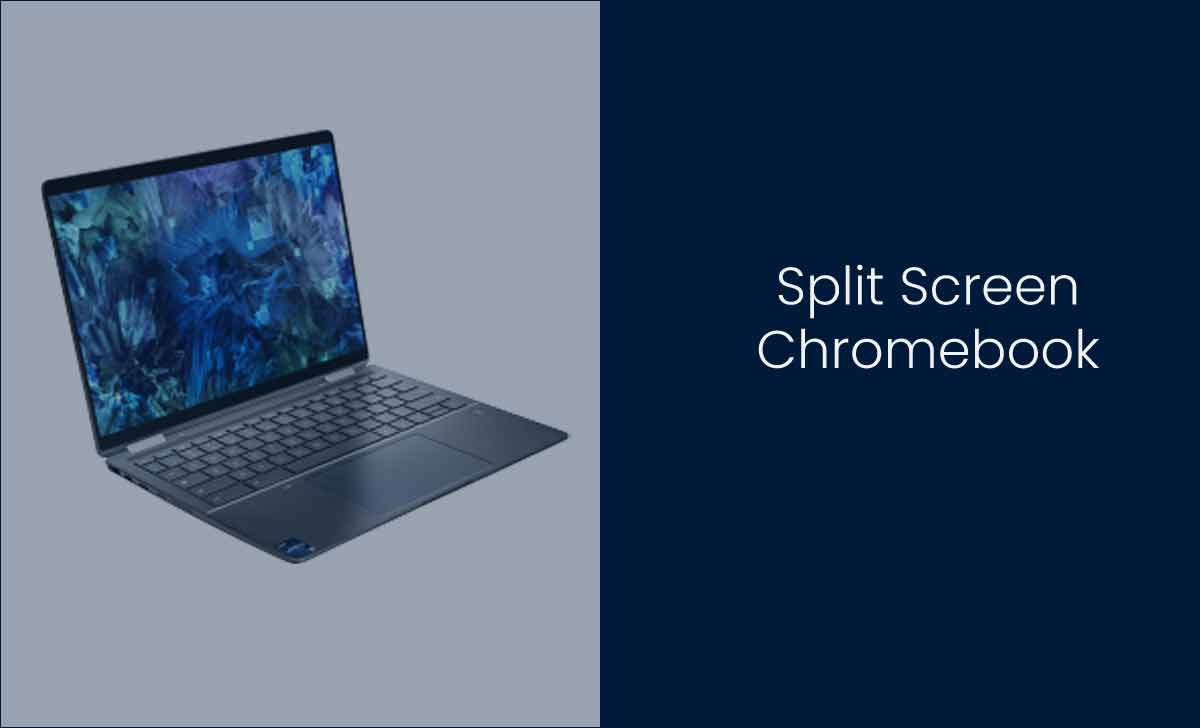If create Windows 10 bootable USB drive, it makes ready and convenient with practical approach for upgrading your existing system or installing Windows 10 on a new computer.
A bootable USB drive allows you to install or repair Windows 10 without the need for an optical disc drive. It enables you to carry your operating system on a portable device, for installing Windows on multiple devices.

What is Bootable USB Windows 10
A bootable USB drive for Windows 10 is a portable storage device, it contains all the necessary files and data to start and install the Windows 10 operating system on a computer.
- Bootable USB drive is created by copying the Windows 10 installation files onto the USB device and configuring it in a way that the computer’s BIOS or UEFI.
- When the computer is powered ON with the bootable USB connected, it will load the Windows 10 setup process.
- It is more convenient and faster than using optical discs, as USB drives have faster data transfer rates.
- To create a bootable USB drive, you need a USB flash drive with sufficient storage capacity (usually 8 GB or more), Windows 10 ISO or installation files, and a tool or utility to set up the USB drive as bootable.
How to Create Windows 10 Bootable USB Using Media Creation Tool
Creating a Windows 10 bootable USB using the Media Creation Tool is a straightforward and official method provided by Microsoft.
The Media Creation Tool allows you to download the latest Windows 10 ISO file and create a bootable USB drive to install or upgrade Windows 10 on your computer.
- Open the official Microsoft website.
- Search Windows 10 Media Creation Tool
- Download the Media Creation Tool
- Double-click the file to Run the Media Creation Tool
- Click on Accept to proceed.
- Select Create installation media (USB flash drive, DVD, or ISO file) and click on Next.
- Select Language, Edition, and Architecture and click on Next.
- Select USB flash drive and click Next.
- Download and Create Windows 10 Bootable USB.
- Click Finish to complete the process. When you see a your USB flash drive is ready popup.
Also read: Screen Recorder Windows 10
How to Create Windows 10 Bootable USB using Rufus
Creating a Windows 10 bootable USB using Rufus is another popular method, especially for users who prefer a more customizable and versatile approach.
Rufus is a free and reliable third-party tool that allows you to create bootable USB drives for various operating systems. Follow the below steps.
- Open official Rufus website.
- Download Rufus.
- Search for Rufus.
- Launch Rufus by double-clicking the Rufus file.
- Connect USB Drive to your computer. Rufus will automatically detect the connected USB drive.
- Select the Windows 10 ISO on the Boot selection section in Rufus.
- Choose Partition Scheme and Target System, for Windows 10 with UEFI firmware, select GPT. For older systems with BIOS firmware, choose MBR.
- Select NTFS, For File system and leave the Cluster size to the default setting.
- Click on the Start button to begin the process.
- Click OK to start creating the bootable Windows 10 USB.
- Once Rufus has finished, you will see a READY status.
Also Read: How to Update OBS Studio
Is it possible to use a Mac to create a Windows10 bootable USB?
Yes, it is possible to create a Windows 10 bootable USB on a Mac.
Can I use a USB drive with data on it to create a bootable Windows10 USB?
No, creating a bootable Windows 10 USB involves formatting the USB drive, which will erase all existing data.






